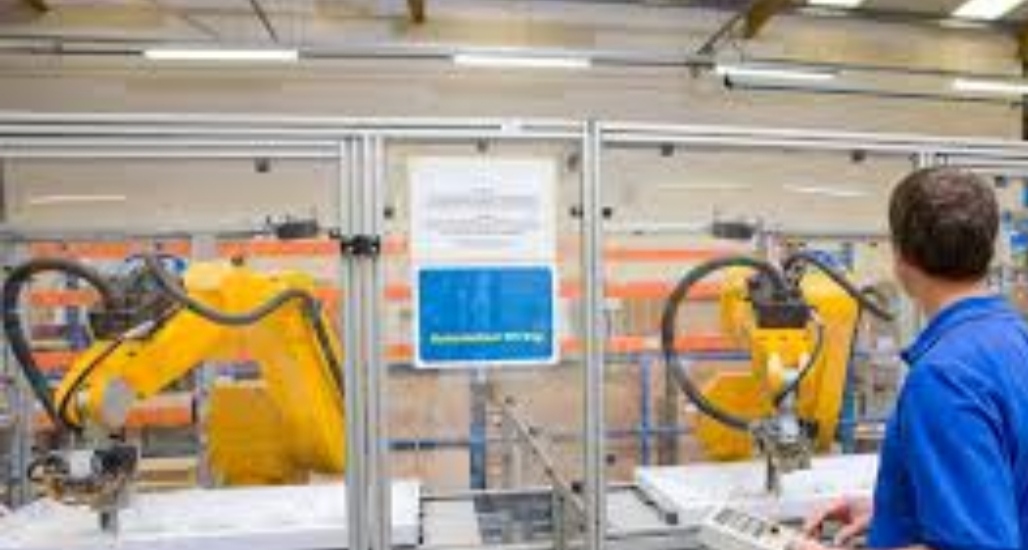In general, the current educational requirements of the occupations that may grow are higher than those for the jobs displaced by automation. In advanced economies, occupations that currently require only a secondary education or less see a net decline from automation, while those occupations requiring college degrees and higher grow.
In India and other emerging economies, we find higher labor demand for all education levels, with the largest number of new jobs in occupations requiring a secondary education, but the fastest rate of job growth will be for occupations currently requiring a college or advanced degree.
Workers of the future will spend more time on activities that machines are less capable of, such as managing people, applying expertise, and communicating with others. They will spend less time on predictable physical activities and on collecting and processing data, where machines already exceed human performance. The skills and capabilities required will also shift, requiring more social and emotional skills and more advanced cognitive capabilities, such as logical reasoning and creativity.
Wages may stagnate or fall in declining occupations. Although we do not model shifts in relative wages across occupations, the basic economics of labor supply and demand suggests that this should be the case for occupations in which labor demand declines.
Our analysis shows that most job growth in the United States and other advanced economies will be in occupations currently at the high end of the wage distribution. Some occupations that are currently low wage, such as nursing assistants and teaching assistants, will also increase, while a wide range of middle-income occupations will have the largest employment declines.
Income polarization could continue. Policy choices such as increasing investments in infrastructure, buildings, and energy transitions could help create additional demand for middle-wage jobs such as construction workers in advanced economies.
The wage-trend picture is quite different in emerging economies such as China and India, where our scenarios show that middle-wage jobs such as retail salespeople and teachers will grow the most as these economies develop. This implies that their consuming class will continue to grow in the decades ahead.




